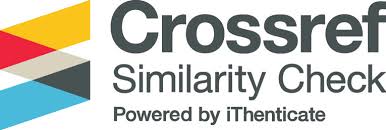Pengaruh Efektivitas Pengendalian Internal. Moralitas Individu, dan Budaya Organisasi Terhadap Kecenderungan Kecurangan (Fraud) ( Studi Kasus Pada LPD Se-Kecamatan Nusa Penida )
Abstract
ABSTRACT
The purpose of this study is to determine the influence of the Effectiveness of Dalam Control, Perseorangan Morality, and Organizational Culture on fraud tendencies( Fraud)( Case Study at LPD in Nusa Penida District). This study was conducted in LPD in the zona of Nusa Penida with a population of 45 LPD with a keseluruhan sample measured of 158 people. The research sample is determined by the purposive sampling method, which is a certain criterion. The informasi collection technique using a questionnaire was then carried out multiple linear regression analysis, determination coefficient test and t test. The results of this study found that( 1) the effectiveness of dalam control has a significant effect on the tendency to fraud,( 2) perseorangan morality has a significant effect on the tendency to fraud,( 3) organizational culture has a significant effect on the tendency to fraud. Suggestions that can be given are to increase the effectiveness of dalam control to prevent fraud, foster high perseorangan morality and maintain a conducive organizational culture so that fraudulent acts can be prevente..
Keywords: Effectiveness of Internal Control. Individual Morality, Organizational Culture, Cheating Tendencies.







